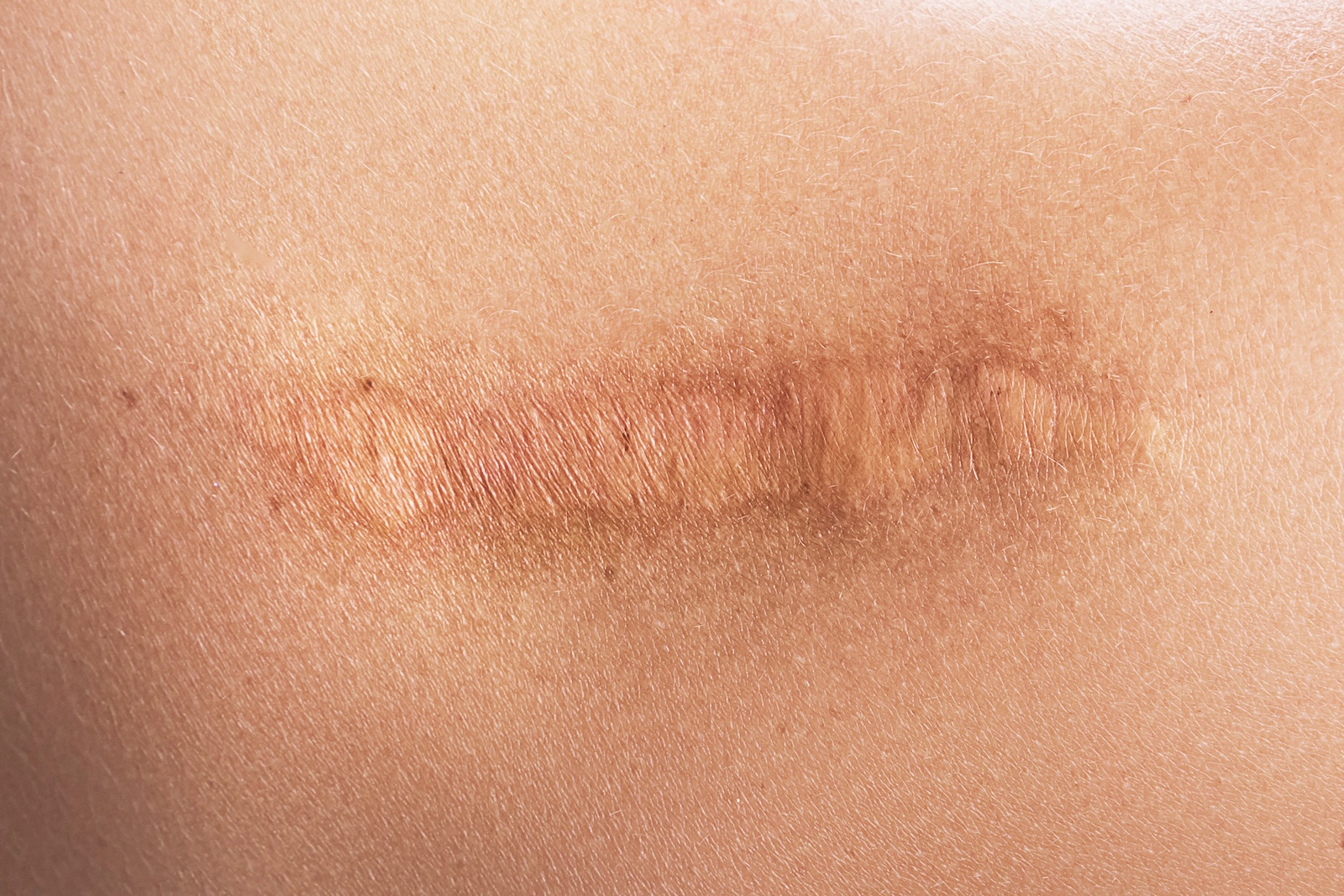
Flatback Syndrome is a complex spinal condition that can significantly impair posture and mobility. At ADR Spine, our team—led by world-renowned spinal neurosurgeon Dr. Todd H. Lanman—has extensive experience diagnosing and treating Flatback Syndrome using the most advanced techniques, including artificial disc replacement (ADR). Our goal is to relieve pain, restore natural spinal alignment, and enhance overall quality of life.
Understanding Flatback Syndrome
Flatback Syndrome is more than a medical term—it’s a condition that can deeply affect how you move through life. If you’ve ever felt like standing upright takes conscious effort or that simple walks leave you unusually fatigued, it might be your spine signaling that something is out of balance. Understanding the nature of this condition is the first step toward reclaiming comfort and mobility.
What Is Flatback Syndrome?
Flatback Syndrome refers to the loss of the natural lumbar curve in the lower spine, which causes the patient to lean forward. This misalignment makes it difficult to stand upright and often results in compensatory strain on other body parts. The condition affects spinal alignment, balance, and daily activities such as walking or standing.
Causes of Flatback Syndrome
- Degenerative Disc Disease: Disc height loss contributes to spinal imbalance.
- Spinal Surgery Complications: Often a result of past spinal fusions.
- Aging and Postural Changes: Natural wear and tear over time.
- Congenital or Developmental Abnormalities: Structural issues present from birth.
Symptoms and Challenges
- Persistent back and leg pain
- Forward-leaning posture and imbalance
- Fatigue with simple activities
- Secondary joint pain in the hips or knees
Diagnosing Flatback Syndrome
At ADR Spine, our diagnostic approach reflects the 4D Health philosophy—created by Dr. Lanman—analyzing not just spinal mechanics but also age, activity level, hormone status, and lifestyle. This comprehensive lens ensures that each patient’s care plan is deeply personalized and grounded in long-term health.
Physical Examination and History
We begin by listening to you—your history, your symptoms, and your goals. During the physical exam, we assess how your spine moves and how your posture has been adapting over time. We also look at how past surgeries or conditions may be contributing to current challenges so we can tailor the most effective treatment plan.
A comprehensive assessment includes reviewing the patient’s history of spinal surgeries and evaluating posture, curvature, and mobility.
Imaging Tests
- X-rays are essential to visualize spinal alignment and loss of curvature.
- MRI and CT scans help assess nerve compression, disc degeneration, and surgical history.
Non-Surgical Treatments for Flatback Syndrome
Physical Therapy and Postural Training
Customized physical therapy focuses on core strengthening, improving flexibility, and re-educating postural alignment to support the spine.
Pain Management Strategies
- Anti-inflammatory medications
- Muscle relaxants
- Epidural steroid injections to relieve nerve-related pain
Bracing and Assistive Devices
Custom bracing and walking aids can help alleviate strain and support mobility, especially in early or mild cases.
Surgical Treatment Options for Flatback Syndrome
When Is Surgery Necessary?
Surgical intervention may be needed when conservative treatments are no longer effective or when spinal deformity severely limits function.
Spinal Realignment Surgery
- Osteotomy Procedures: Surgically cutting and realigning spinal segments.
- Fusion Revisions: Adjusting or removing prior fusions to restore natural curvature.
- Artificial Disc Replacement (ADR): Where appropriate, ADR offers the added benefit of preserving spinal motion while restoring alignment.
Risks and Benefits
- Benefits: Improved posture, significant pain relief, enhanced mobility.
- Risks: Include recovery time, hardware complications, and adjacent segment disease, especially in multi-level surgeries.
Recovery Tips After Flatback Syndrome Correction
Post-Surgical Rehabilitation
Recovery doesn’t happen overnight—but with the right guidance, it happens steadily. After surgery, patients work closely with physical therapists to gently reintroduce movement, regain strength, and build endurance. We take a step-by-step approach, helping you reconnect with your body and gradually return to the activities you enjoy most.
A guided rehabilitation program is essential. Physical therapy begins gradually and progresses to strengthen spinal support and optimize healing.
Managing Pain and Discomfort
- Medications and anti-inflammatory strategies
- Proper sleep posture and ergonomic adjustments to daily routines
Long-Term Lifestyle Adjustments
Healing from Flatback Syndrome isn’t just about getting through recovery—it’s about building a strong foundation for your future. Staying active with posture-conscious exercises, making ergonomic choices in your daily routine, and keeping up with regular check-ins are key to maintaining the improvements you’ve worked hard to achieve.
- Regular core and flexibility exercises
- Postural awareness in daily activities
- Periodic follow-ups with your spine specialist
Long-Term Outcomes of Flatback Syndrome Treatment
Success Rates and Outcomes
Most patients report improved alignment, better energy, and reduced pain. Long-term studies confirm stability and enhanced quality of life post-correction.
Complications and Prevention
Patients should follow long-term spinal care routines to reduce risks of adjacent segment disease and other complications, including strength maintenance and posture-conscious living.
Why Trust ADR Spine for Flatback Syndrome Treatment?
Dr. Lanman and the ADR Spine team offer unparalleled expertise in complex spinal deformity correction and motion-preserving surgery. Each patient receives a personalized plan based on our proprietary 4D Health approach, which considers spine health alongside age, activity level, nutrition, and hormonal factors.
FAQs: Flatback Syndrome Correction and Recovery
What are the first signs of Flatback Syndrome?
A forward-leaning posture, difficulty standing straight, and persistent lower back pain.
Can Flatback Syndrome be treated without surgery?
In mild to moderate cases, physical therapy, medications, and bracing may suffice.
How does ADR help with spinal alignment?
Artificial discs restore height and alignment while preserving motion, unlike fusion.
How long is the recovery from surgery?
Initial healing may take 6–12 weeks, with full recovery requiring several months.
Is physical therapy enough to correct Flatback Syndrome?
For some, yes. For others with structural deformity, surgery may be required.
What are the surgical risks?
As with any spinal surgery, there are risks of infection, nerve damage, or the need for revision.
How can I prevent worsening symptoms?
Maintain strong core muscles, follow ergonomic practices, and get regular check-ups.
Ready to reclaim your life? Get in touch with Dr. Lanman Today.
FOLLOW US ON SOCIAL MEDIA | @ADRSPINE




